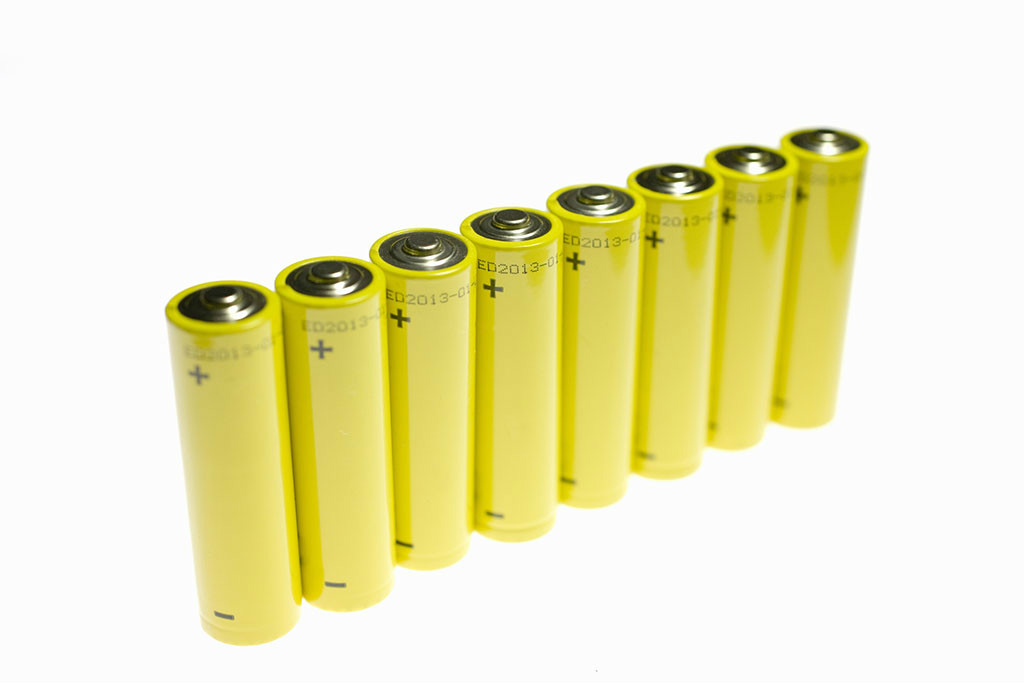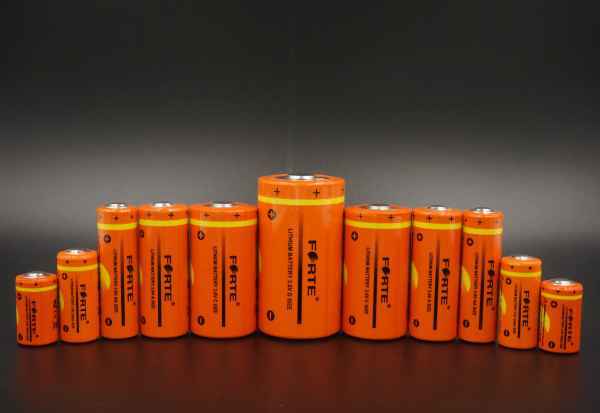Watt Hours Per Battery-Calculation, Lithium Battery and cr2032
Mar 26, 2021 Pageview:5882
A watt-hour rating refers to the measurement of the energy shown in watts, when it is applied to a lithium-ion battery and how much in one hour the battery will expend. Knowing the rating of watt-hour is crucial of a lithium-ion battery so that it can be shipped safely by vessel, air, or ground.
The lithium-ion batteries that are new determine the rating of watt-hour as it is easy to check the battery. All the lithium-ion batteries are marked now with watt-hour rating. It has become less likely that the batteries come less marked with the rating of watt-hour. In case, you cannot find the watt-hour rating on the battery, check its technical documentation, the spec sheet of the battery or you can also calculate as per the information available.
How do you calculate watt hours per battery?
The watt-hours is mentioned on the battery and if you are not able to find the marking on the battery or the specification sheet has no proper information, do some quick math and determine yourself the watt-hour rating.
You must know:
The nominal voltage of the battery (V)
The capacity in ampere-hours (Ah)
Multiply (V x Ah) gives you the Wh (the watt-hour rating).
If the battery capacity is shown in milliampere hours (mAh), you may divide by 1000 and calculate the (Ah) ampere-hours before multiplying.
The calculation of the watt-hour rating becomes inevitable if you wish to ship or you are traveling with lithium cells by air, battery packs or batteries. The lithium metal batteries come as disposable and rechargeable batteries.
Generally, Lithium-ion battery has the Watt-hour rating mentioned on the battery itself. If not, go through this example:
A 4400 mAh battery with ll.1volt means divide the rating mAh by 1000. It means you must first get the Ah rating. So divide the mAh rating by 1000. It is 4400/1000= 4.4ah. Now calculate as 4.4Ah x 11.1 volts = 48.8 Wh.
While a 12V 50Ah battery calculation is 50 Ah x 12 volts = 600Wh.
Does lithium battery have high watt hours?
Lithium batteries are found all over the market but does not state its voltage or claim the Ah or mAh capacity. Thus, in such cases, they measure with lithium battery cell voltage such as a 3.6V for a 10,000 mAh battery shows its actual capacity as 10000 x 3.6/1000 = 36 watt-hour.
Multiple factors taken into combination increase or reduce the battery life. However, to pre-long the battery cycle life, use the following ways:
Use Partial Cycles of Discharge
Using the battery capacity 20% to 30% before recharging increases the cycle life greatly. Generally, 5 to 10 shallow cycles discharge is equivalent to a complete discharge cycle. Partial-discharge cycles maintain in a battery a fully charged condition, and shorten the battery life. However, if possible, the full discharge cycles should be avoided.

Opt for Charging the Appropriate Termination Form
Choosing a charger requiring a charge-current termination to minimum also is enough to prolong the battery life by not charging 100%. For instance, stopping a charge cycle as the current reduces to C/5 is equal to decreasing the float voltage to 4.1V. However, having nearly 85% of charge in the battery is enough power factors in battery life.
Reduce the Battery Temperatures
The battery temperatures are important. Restricting extreme battery temperatures help the battery life to increase. However, the ban is not to charge in particular below 0 ° C. Thus, charging below 0 ° C promotes battery anode metal plating such that it turns into an internal short, making battery dangerous and unstable, and it generates heat. Most battery chargers have the measure of battery temperature requirements to ascertain the charging does not take place at extreme temperatures.
Avoid Discharge Currents and High Load
The high load and discharge currents cause lower cycle life. However, for higher currents such as Li-ion phosphate and Li-ion manganese, certain chemicals are absolutely appropriate. Thus, the high currents put much tension on the battery.
Does cr2032 have the same watt hours as lithium battery
How long does a Lithium CR2032 - 3V Coin Cell Battery last is a common question?
A typical LED uses nearly 20mA and a CR2032 Coin Cell capacity is 200mAh. Here is the battery life estimate: Number of LED(s) in one circuit: 1 - Battery life:?10 hours
The lithium CR2032?battery of 3V?is a coin?cell primary battery, while the LIR2032?battery?is the same as?3.6V?rechargeable?lithium coin?cell battery. The?CR2032 battery?is widely used in many small gadgets and devices as its main features include Wide temperature range and Small dimensions. This has made it highly popular.

There are Lithium coins of certain manufacturers of CR2032 batteries that are commonly battery coins offering reliable power and are long lasting for several devices. They are widely used to power calculators, various medical devices, wrist watches, toys, fitness appliances, etc, the small electronics devices.
A lithium cell CR2032 battery?is mainly?manufactured for internal use of the electronic products. Charging?a?CR2032?cell?battery means to plug into a power adapter the electrical item or remove from the device the battery and to place it safely in a battery charger.
The simplest way to consider the battery will last is to look at the total charge of the battery life in milliamp hours and to divide it by the current consumption. Thus, by drawing an application keeping 1 micro amp a constant or less, it comes to around 10 years.
When lithium batteries are not put to use means it is unused or lying idle for or more than 6 months, you can charge and check the status or dispose the battery as appropriate. The Lithium-ion battery estimated typical life is around two to three years or you can consider it as 300 to 500 charge cycles, anything that occurs first.
CR2032 lithium batteries are not rechargeable. The circuit blocks diodes in series or has one resister in series and one blocking diode. Keep it safe is a must as any higher re-charge rate may cause harm to the battery and reduce battery life.
- Prev Article: Trickle Charging Battery-Introduction, Maintainer, And Connector
- Next Article: Different Types of Battery Terminals
Leave Message
Hottest Categories
-
Hottest Industry News
-
Latest Industry News










